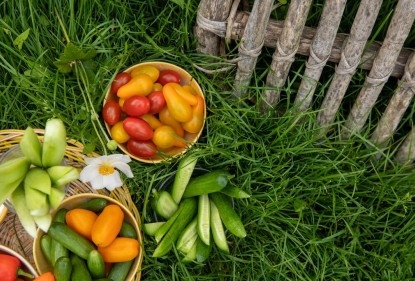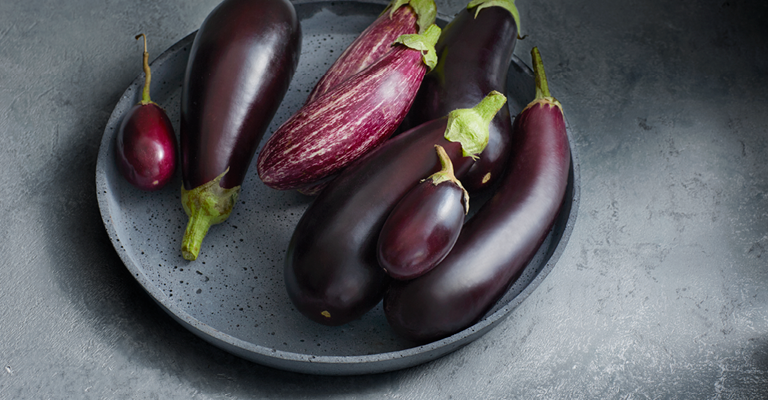
Blog
10 vegetable gardening tips
Are you planning on starting your first vegetable garden? Thorough preparation and proper care of your plants are so important. Below are 10 tips for a successful harvest
1. Vegetable garden plan
Start with a plan of your garden and where you’d like each crop to grow. Check the period for sowing, growing and harvesting of each crop as these can differ greatly. For example, lettuce is harvested all at once, whereas cucumbers can be harvested over a longer period of time.
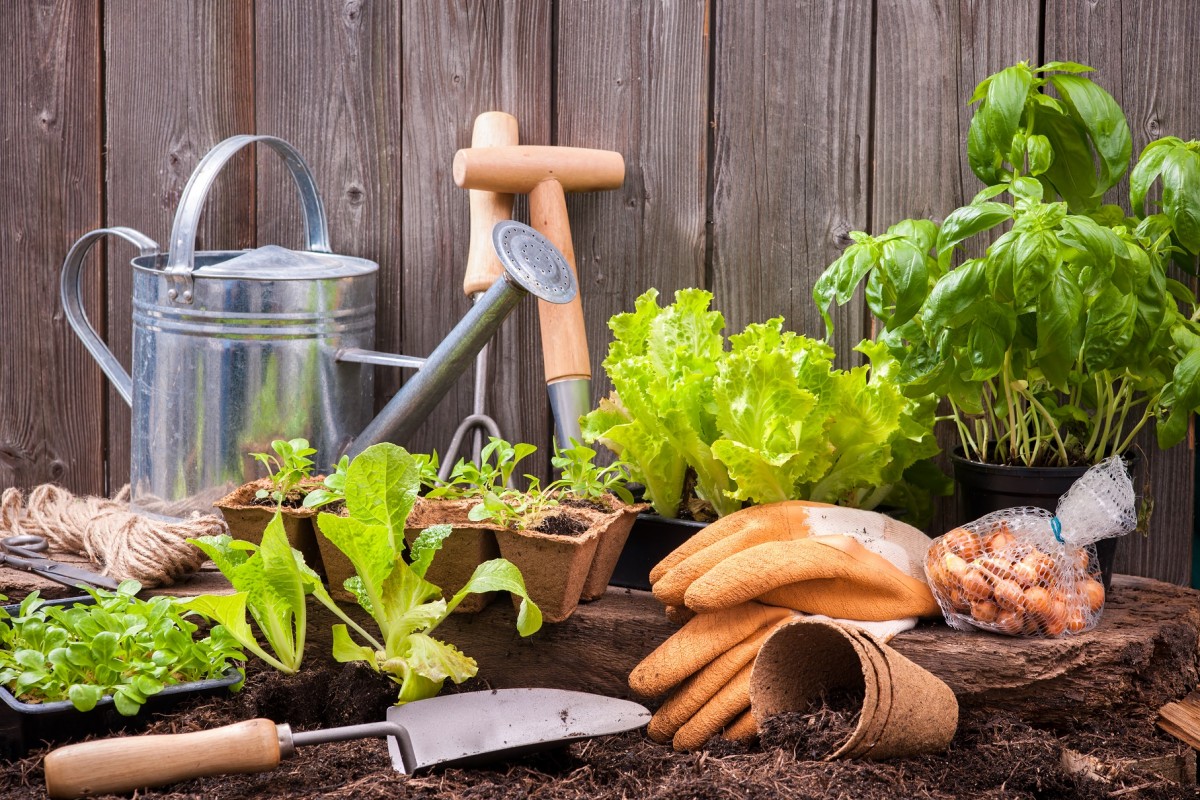
2. Cultivation
Good soil should be loose, with a granular structure and should contain soil organisms such as worms. What does your soil look like? To assist sandy soil, add compost to enhance the structure and create a water buffer. For soil with a high clay content, you can add sand to loosen it.
3. Fertilising
You can choose to use organic fertilisers or chemical fertilisers. Slow-working fertilisers such as organic fertilisers release their nutrients slowly, so apply organic fertilisers during winter. Chemical fertisilers release their nutrients faster. However, if you apply too much, or too often, this could cause crop damage.
4. Sowing
For most seeds, it is best to sow directly into the soil or to grow in a pot or container first. Spinach, carrot and radish can be sown directly into the soil. Be sure to check the best times of year for sowing each crop.
5. Planting
Use 2 seeds per pot, or sowing spot, to be sure you grow a healthy plant. You can remove the smallest one at a later stage. One seed of leafy crops like spinach and lettuce will produce one vegetable. Sow multiple times per growing season to prolong the harvesting period.
Use 2 seeds per pot, or sowing spot, to be sure you grow a healthy plant. You can remove the smallest one at a later stage. One seed of leafy crops like spinach and lettuce will produce one vegetable. Sow multiple times per growing season to prolong the harvesting period.
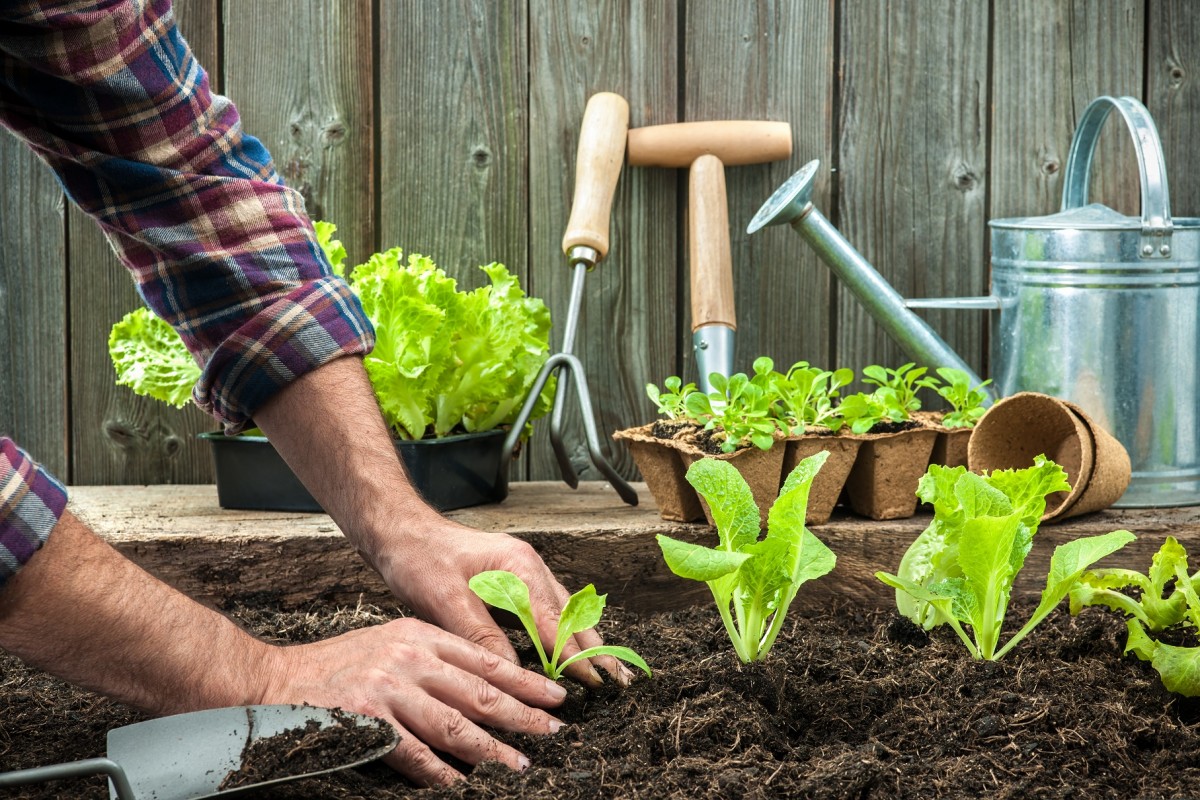
6. Watering
Plants need water to grow. While it is very important to water your plants after sowing, it is equally important to give them the chance to develop roots. In warm and sunny weather, it is best to water your crops in the early morning or early evening.
Plants need water to grow. While it is very important to water your plants after sowing, it is equally important to give them the chance to develop roots. In warm and sunny weather, it is best to water your crops in the early morning or early evening.
7. Weather
Bad weather conditions like frost, hail or a storm can affect your crops. During these circumstances, try to protect your plants with a shelter, such as a plastic covering.
8. Diseases and pests
Vegetables can have many enemies including lice, mice, fungi and nematodes. Prevent attacks by covering your plants with protective netting to create a drier growing climate. If disease does strike, crop protection options, both chemical and organic, can be purchased in garden centres.
9. Protection
In the early stages, small amounts of crop protection can have positive impacts. Don’t use too much and read the instructions and safety details on the labels. Also, do not spray crops close to harvest time.
10. Harvesting
If all has gone well and you have harvested your vegetables, try creating a delicious garden salad by getting some inspiration from our wide-ranging salad recipes collection sourced across the globe.
Enjoy your freshly harvesting veggies!
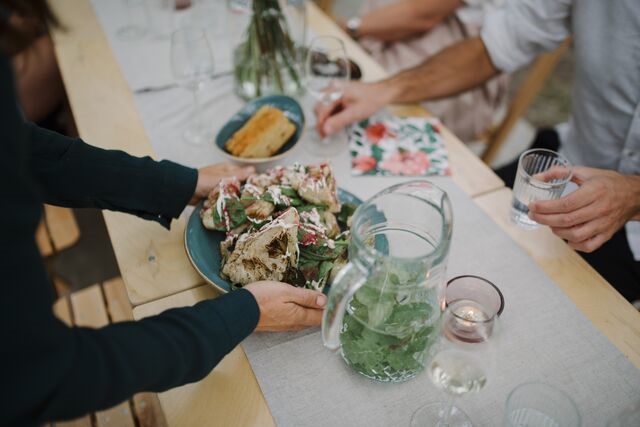

Let us know in the comments how it's going.
